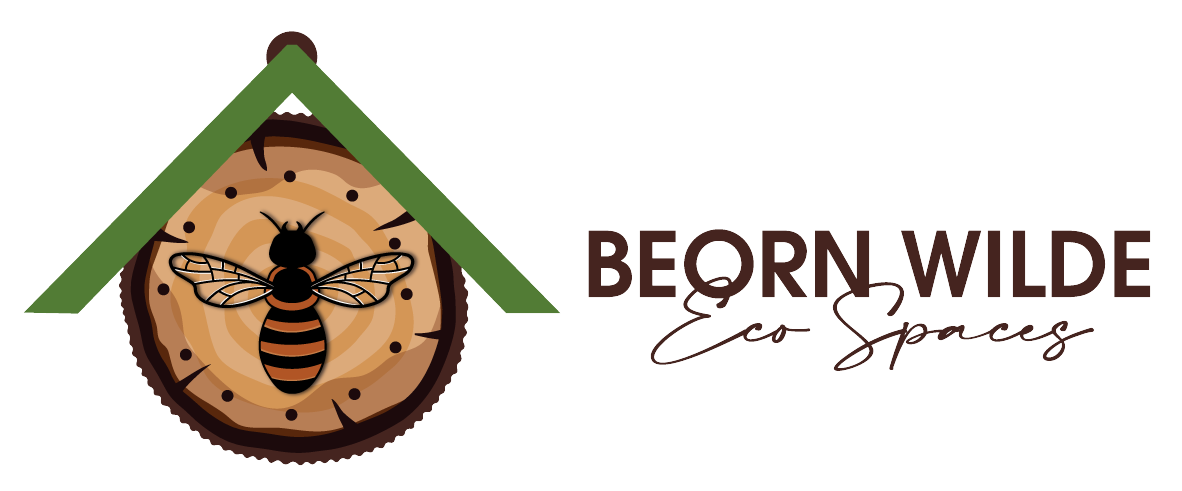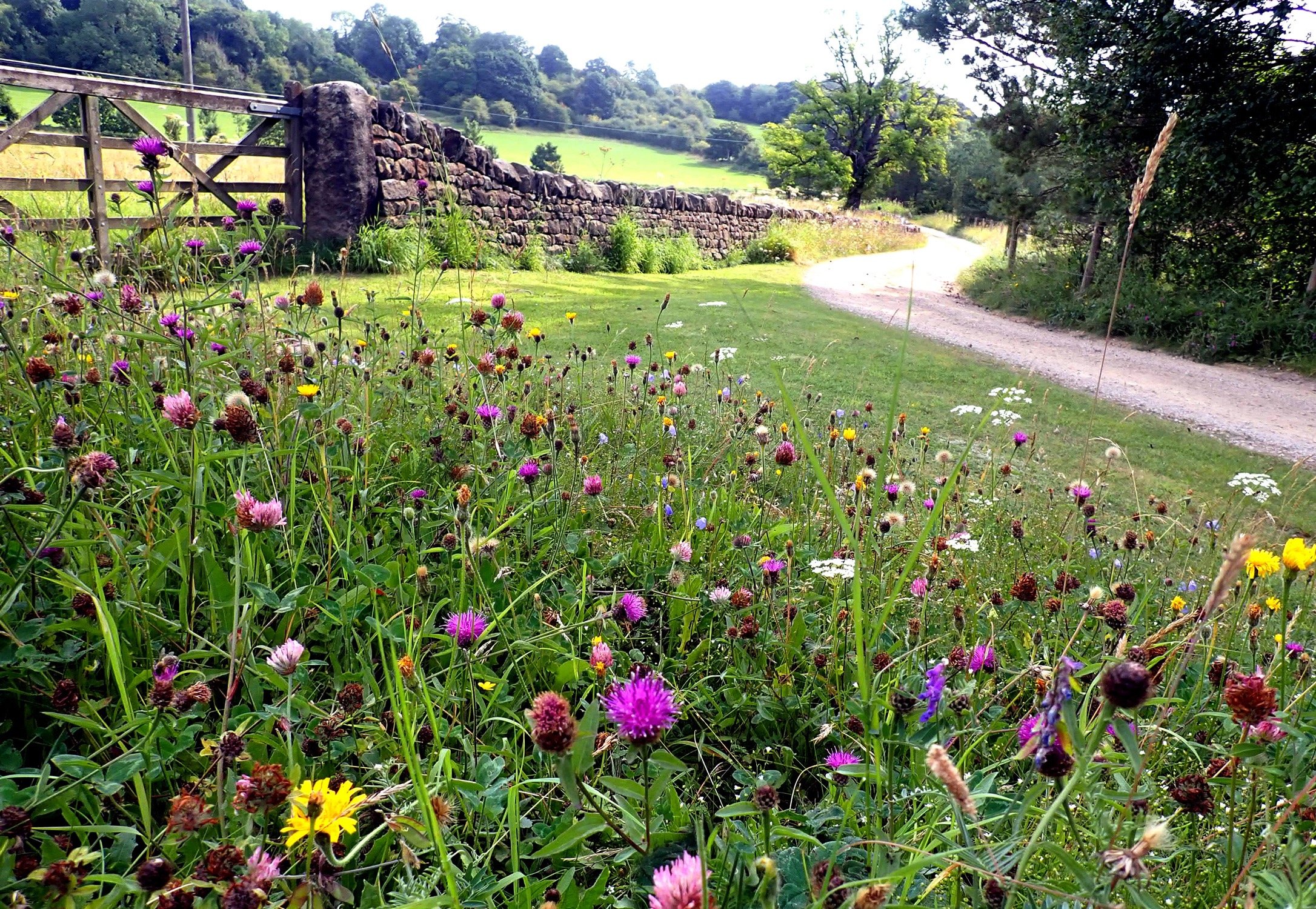
Wildflower meadows transform any garden into a vibrant, buzzing haven. They support a wide range of pollinators, from bees to butterflies, while adding color and texture to the landscape. These meadows enhance local biodiversity, providing a habitat for wildlife and creating a low-maintenance, natural beauty. With careful planting, even a small meadow can become a rich, thriving ecosystem that benefits both nature and your outdoor space.
Wildflower Meadows
Wildflower meadows are not only beautiful but also vital for supporting pollinators and wildlife. At Beorn Wilde Eco Spaces, we design and create meadows that burst with colour, providing food and habitat for bees, butterflies, and small mammals. Whether you’re interested in a perennial meadow that blooms year after year, an annual display of seasonal colour, or a flowering lawn to brighten up your grassed areas, we have the knowledge and skill you need to bring your vision to life.
For annual and perennial wildflower meadows, we offer two installation methods: laying meadow turf for an instant, mature look, or sowing seed, which takes longer but is a more cost-effective choice. Both options offer lasting beauty and ecological benefits. Whatever you choose, we’ll work with you to create a meadow that enhances your garden and supports local wildlife. Let’s talk about how we can boost your garden’s biodiversity!
Benefits of Wildflower Meadows
Attracts pollinators such as bees and butterflies
Provides food and shelter for small mammals
Reduces the need for mowing and maintenance
Adds natural beauty and diversity to your property
Meadow Maintenance
We manage and maintain wildflower meadows using traditional techniques like scything, which is gentler on the environment than strimming or machine mowing. Scything preserves the natural structure of the meadow, avoiding damage to delicate plants and ensuring a more even cut. Unlike noisy, fuel-driven equipment, scything is quiet, low-impact, and promotes healthier soil and wildlife. This method also allows us to carefully manage the timing and height of the cut, helping to maintain the meadow’s biodiversity and encourage seed dispersal for the following year.




